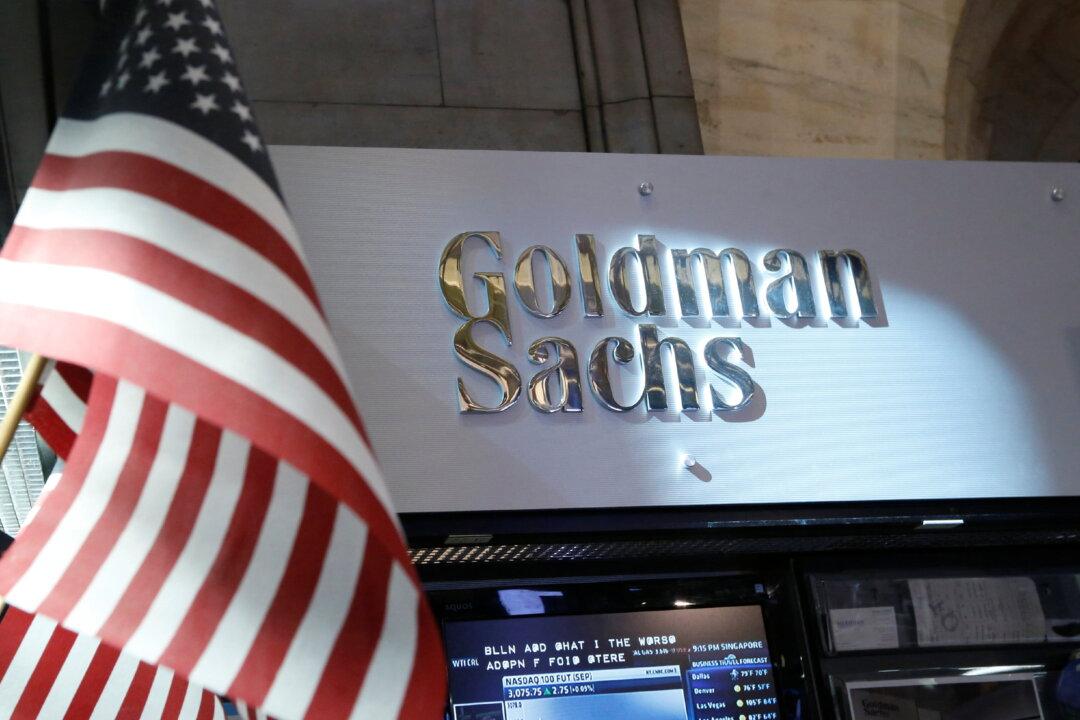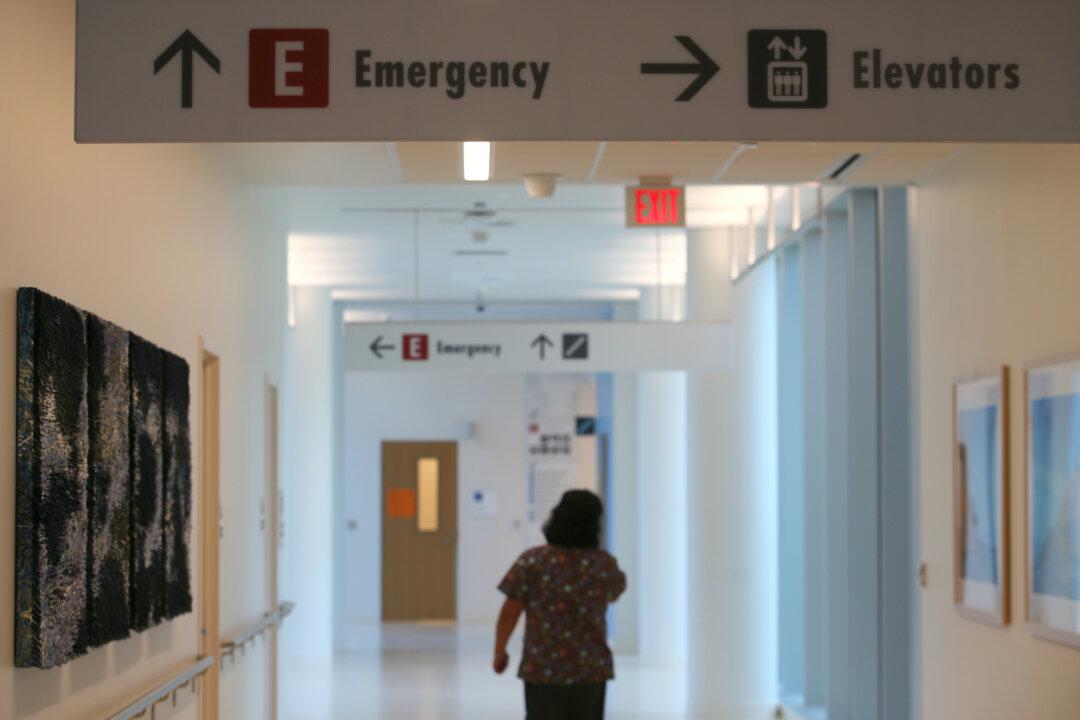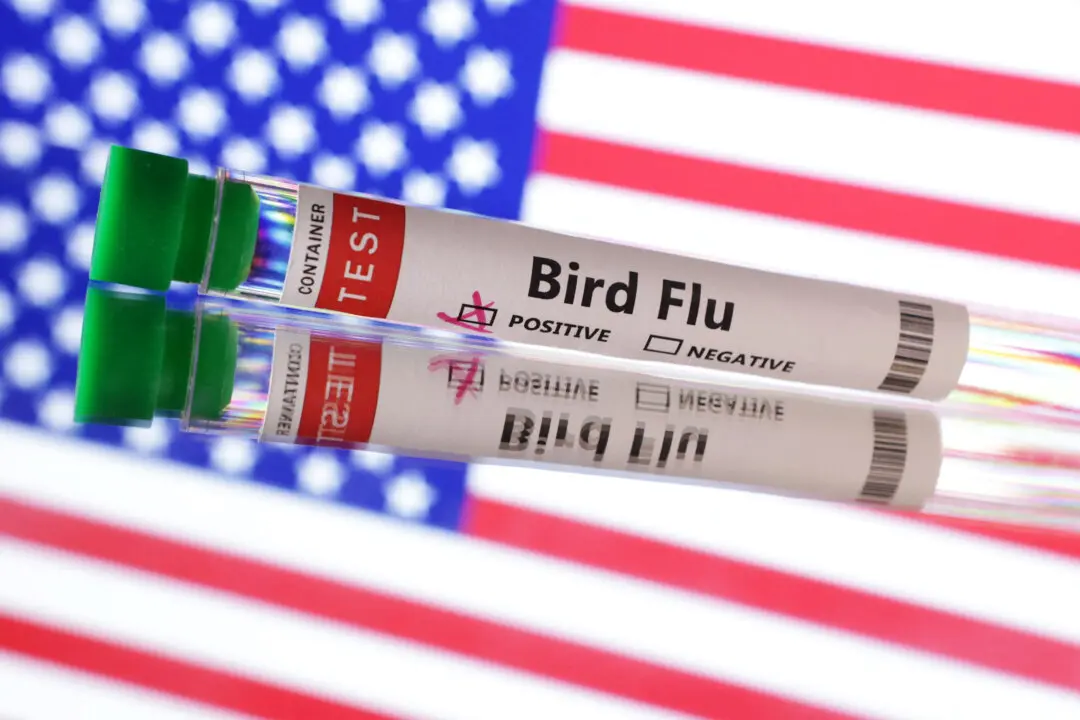NEW YORK—Goldman Sachs Asset Management has reduced the Russian exposure in its GQG international equity fund to about $222 million, according to a statement and a spokesperson, down from over $1.7 billion six months ago.
The Goldman Sachs GQG Partners International Opportunities Fund was 0.99 percent exposed to Russia as of the end of February, Goldman Sachs said in a statement on its website, with holdings in Lukoil, Rosneft, and Gazprom.





